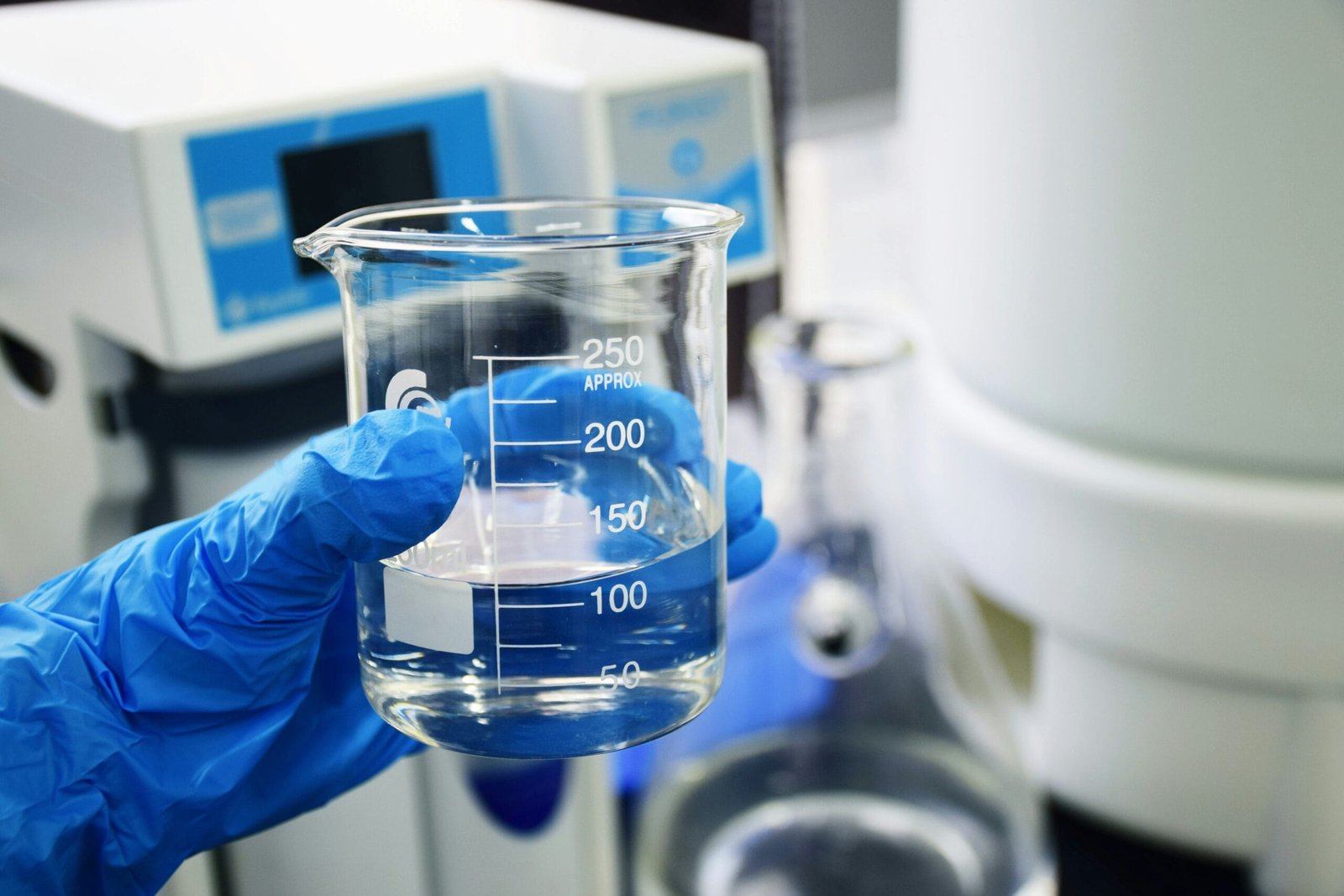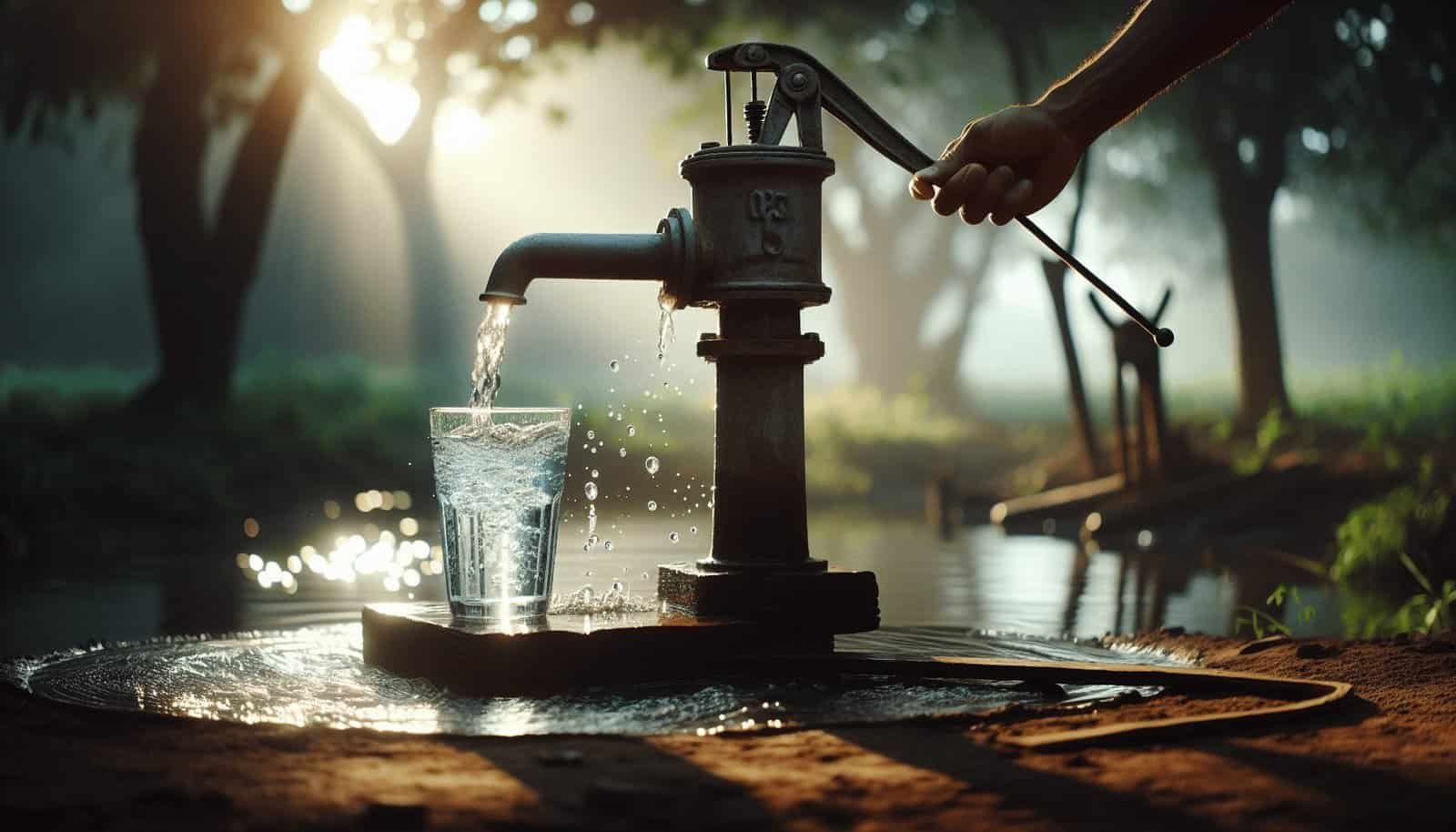How Often Should You Test Your Well Water For Contaminants?
Have you ever wondered about the quality of the water flowing from your well into your home? As a well owner, ensuring the safety and purity of your water supply is crucial. Understanding how often you should test your well water for contaminants helps in ensuring the health and wellbeing of your family. Let’s take a friendly journey into this important topic and learn more about the significance of well water testing.

Understanding Well Water Contamination
To start off, it’s important to grasp what well water contamination actually means. Well water contamination happens when potentially harmful substances find their way into your water supply. These substances can include various contaminants such as bacteria, nitrates, heavy metals, and even chemicals. Well water, unlike municipal water, isn’t treated or monitored regularly, which is why staying vigilant about its quality is essential.
Common Types of Contaminants
There are several common contaminants that often find their way into well water. Understanding these can help you recognize potential signs of contamination.
Microbiological Contaminants: These include bacteria like E.coli or coliform bacteria, which often indicate the presence of pathogens that can cause illness.
Chemical Contaminants: Chemicals such as pesticides, fertilizers, or industrial solvents may seep into the ground and contaminate your well water.
Heavy Metals: Metals like lead, arsenic, or mercury can leach into the water supply from natural deposits or through industrial waste.
Radionuclides: Well water may sometimes contain radioactive elements resulting from natural deposits.
Each of these contaminants can pose potential health risks, which is why regular testing of your well water is vital.
Importance of Regular Well Water Testing
Testing your well water isn’t just about peace of mind—it’s about safeguarding the health of everyone who relies on it. By regularly testing, you can identify and address any issues before they become significant problems.
Health Risks of Contaminated Water
Drinking or using contaminated water can lead to numerous health issues, ranging from mild gastrointestinal issues to severe conditions such as neurological disorders or even cancer. Young children, pregnant women, and individuals with weakened immune systems are particularly susceptible to the adverse effects of contaminated water.
Ensuring Compliance with Local Regulations
Many regions have regulations in place regarding well water testing. By adhering to these, you not only ensure the health and safety of your household but also comply with legal requirements. It’s always a good idea to check with your local health department or environmental agency for specific guidelines relevant to your area.
How Often Should You Test Your Well Water?
Now to the pivotal question—how often should you test your well water? The frequency of testing can depend on several factors such as the location of your well, potential sources of contamination nearby, and any noticeable changes in water taste, odor, or appearance.
Recommended Testing Frequency
Let’s break down how often you should really be testing your well water.
Annually: It is generally recommended to test your well water at least once a year for common contaminants like bacteria and nitrates.
Every 2 to 3 Years: Consider testing for pollutants like heavy metals or radiological contaminants that are not as common and might have a more gradual impact.
As Needed: Test your water whenever you notice any significant changes in its taste, smell, or appearance. If there has been a flood, nearby construction, or a chemical spill—these are also indicators that immediate testing is necessary.
Additional Considerations for Testing
Factors such as the depth and construction of your well, changes in land use around your property, or seasonal variations can influence the frequency of testing. Consulting with local experts or well professionals can provide more tailored advice suitable to your specific circumstances.
How to Test Your Well Water
Testing your well water is a simple yet crucial step in maintaining the quality of your home water supply. Here’s how you can go about it.
Choosing a Reliable Testing Kit or Service
There are two main options for testing your well water: using at-home test kits or hiring a professional testing service.
Home Test Kits: These kits are user-friendly and can give you a preliminary understanding of your water’s quality. However, for comprehensive insights, a professional test may be warranted.
Professional Laboratory Testing: Engaging a certified laboratory ensures accurate results. They can test for a broad range of contaminants, giving you detailed information about your water quality.
| Option | Pros | Cons |
|---|---|---|
| Home Test Kits | Easy to use, cost-effective | Limited in scope, less accurate |
| Professional Laboratory Testing | Accurate, comprehensive, reliable results | More expensive, results take longer to obtain |
Conducting the Test
Whether you’re testing at home or via a professional service, follow all instructions carefully. Make sure to collect the sample in a clean container and maintain proper storage conditions until the test is performed.

Interpreting Test Results
Once you’ve received your test results, it’s important to understand what they mean.
Understanding Your Report
Your report will likely include the levels of various contaminants detected in your water. Compare these levels with those recommended by the Environmental Protection Agency (EPA) or your local health department.
Taking Action Based on Results
If any contaminants are found at levels above the recommended limits, you’ll need to address the issue promptly. This could involve:
Installing Water Treatment Systems: Such as filtration or purification systems specifically designed to remove particular contaminants.
Well Maintenance and Repairs: Fix issues related to the well’s construction or location that may be contributing to contamination.
Seeking Professional Help: Consult with water quality experts for guidance on corrective measures and improvements.
Maintaining a Safe Water Supply
Ensuring the ongoing safety of your well water does not end with testing; it includes proactive measures to prevent contamination.
Regular Well Maintenance
Keep Your Well in Good Condition: Ensure the well cap is secure, the surface drainage is directed away from the well, and the surrounding area is free from contaminants.
Inspect Regularly: Carry out regular inspections to check for any potential issues such as cracks or structural weaknesses.
Protecting Your Groundwater
Avoid using hazardous chemicals near your well, properly dispose of waste, and ensure that any storage tanks are not leaking. Maintaining good practices in and around your home can significantly reduce the risk of water contamination.

Understanding Potential External Threats
It’s also valuable to be aware of potential threats in your vicinity that can impact your well water quality.
Natural and Man-Made Threats
Threats can be natural, such as flooding or seasonal variation, or man-made, such as nearby agricultural runoff or industrial projects.
Natural Threats: Keep updated on local weather forecasts and geological reports to understand how natural events can impact your water quality.
Man-Made Threats: Be proactive and engaged with any developments or projects in your area that might affect your well.
Community and Environmental Awareness
Engage with your community and participate in local meetings concerning environmental developments. This involvement can help you stay informed about any changes in your area that might impact your water quality.
Conclusion
Regularly testing your well water for contaminants is a critical part of maintaining a healthy and safe water supply for your household. Through understanding potential contaminants, adhering to recommended testing timelines, and taking action based on test results, you can ensure the ongoing safety of your well water. Remember, safeguarding your water isn’t just a duty; it’s a proactive measure in ensuring the wellbeing of everyone who relies on it. By staying alert and informed, you are helping to protect one of your most valuable resources—clean and safe water.

